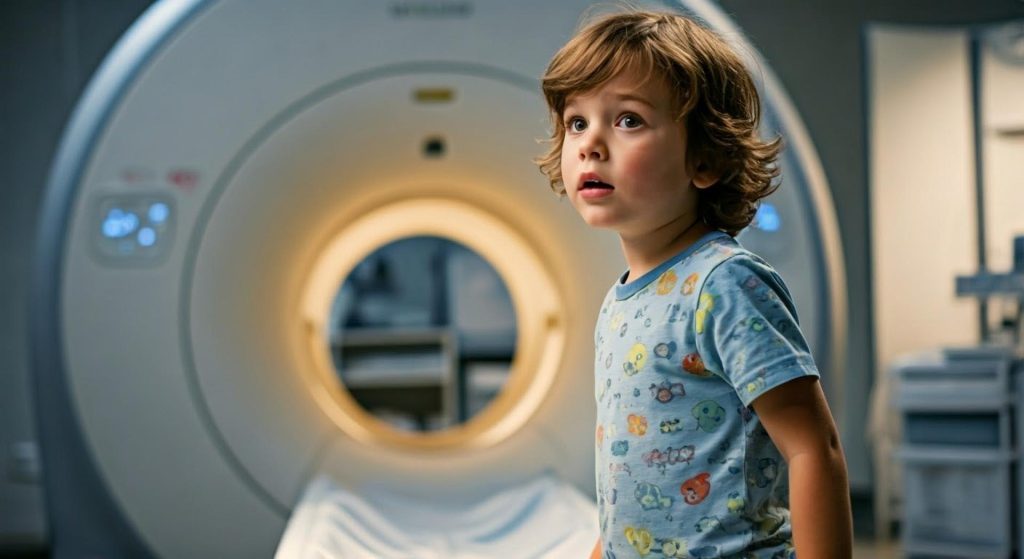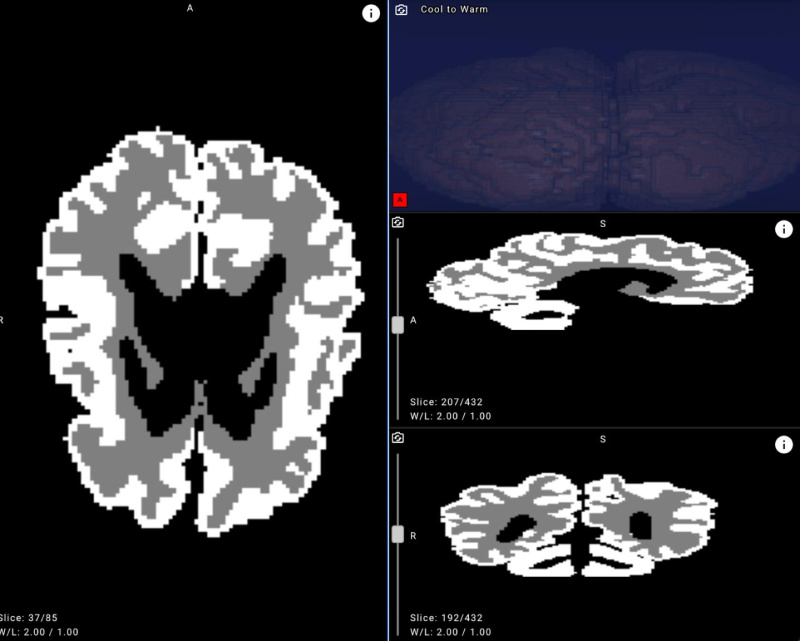
New York, NY, October 16th, 2025, NewsDirect
- Yandex has developed the world’s first AI solution to assess brain development in infants.
- The proposed solution analyzes MRI scans and can distinguish between gray and white brain matter with over 90% accuracy.
- Cutting evaluation time from days to minutes, it enables earlier detection and more effective rehabilitation planning for infants with cerebral palsy and other central nervous system disorders.
- It is freely available on GitHub and can be used by healthcare and clinical research institutions worldwide.
Yandex B2B Tech, together with the Yandex School of Data Analysis and St. Petersburg State Pediatric Medical University, has developed the world’s first AI solution for assessing brain development in infants under 12 months of age. The neural network automates MRI analysis, cutting processing time from several days to just minutes. Designed as a decision-support tool for suspected cerebral palsy and other central nervous system disorders, it helps physicians determine effective rehabilitation strategies.
The Global Challenge of Cerebral Palsy
Cerebral palsy is among the leading causes of childhood disability worldwide. According to the World Health Organization (WHO), it affects an estimated 2–3 out of every 1000 live births.
Early diagnosis is critical for improving outcomes and ensuring effective rehabilitation. Yet detecting cerebral palsy within the first 12 months of life remains one of the most difficult tasks in modern medicine. An infant’s brain develops at a remarkable speed, and traditional MRI scans are difficult to interpret due to the low contrast between gray and white matter — the tissues that form the cerebral cortex and support higher brain functions.
An MRI testing procedure typically takes 20–40 minutes, but interpreting the images and preparing a report can take an experienced radiologist anywhere from several hours to several days. For longitudinal monitoring, workload and turnaround times increase substantially as clinicians may need to review large volumes of follow-up scans.
Solving the Challenge with a Neural Network
Researchers have explored artificial intelligence to address this challenge before, often through machine learning competitions. One notable example is the 2019 MICCAI Grand Challenge, which invited participants to segment MRI scans of infant brains up to six months old using the iSeg-2019 dataset.
The competition drew developers from around the world but also revealed a major obstacle: a lack of annotated data. In particular, segmentation masks — outlines of gray and white matter that are essential for training AI models for clinical use — were scarce. The iSeg-2019 dataset included only 15 annotated images, while the university’s archive contained MRI scans from 1500 patients without any annotations.
To bridge this gap, Yandex researchers collaborated with medical experts to create new annotations, design a dedicated neural network architecture, and run a series of machine learning experiments. The resulting model achieved over 90% accuracy in distinguishing gray and white matter in infant brains on internal evaluation data, demonstrating its potential for clinical use.

Example of an MRI brain image with white matter and gray matter masks applied after neural network processing.
“Our goal is to make the most advanced Yandex technologies accessible to doctors, helping them deliver accurate and timely diagnoses, select optimal treatments, and develop new medicines,” said Anna Lemyakina, Head of the Yandex Cloud Center for Technologies and Society. “Although many commercial radiology solutions exist, none had previously addressed the task of analyzing MRI scans of newborns. The main challenge of this project was the limited dataset. Through close collaboration with medical specialists, we created a tool that enables radiologists to examine more patients in the same amount of time and quickly recommend therapy where it is most needed.”
Practical Benefits and Advantages
Because the code is open-source and free to use, the solution can be adopted by medical institutions worldwide, helping advance the global practice of early cerebral palsy diagnosis. Integrating this tool into clinical workflows can:
- Improve accuracy and objectivity. With over 90% accuracy, the model highlights outlines and quantifies the ratio of gray to white matter in an infant’s brain.
- Accelerate diagnosis. MRI analysis is reduced from days to minutes, which is critical for timely therapy and especially valuable in longitudinal monitoring, where hundreds or thousands of scans may need review.
- Increase clinical throughput. Automating routine scan segmentation allows radiologists to focus on complex cases and direct patient care.
The tool can also act as an assistant, supporting less-experienced specialists in interpreting infant brain scans, which are often difficult to analyze.
Availability
The neural network code is available on GitHub and can be integrated into existing medical IT systems.
Contact
NettResults for Yandex
[email protected]